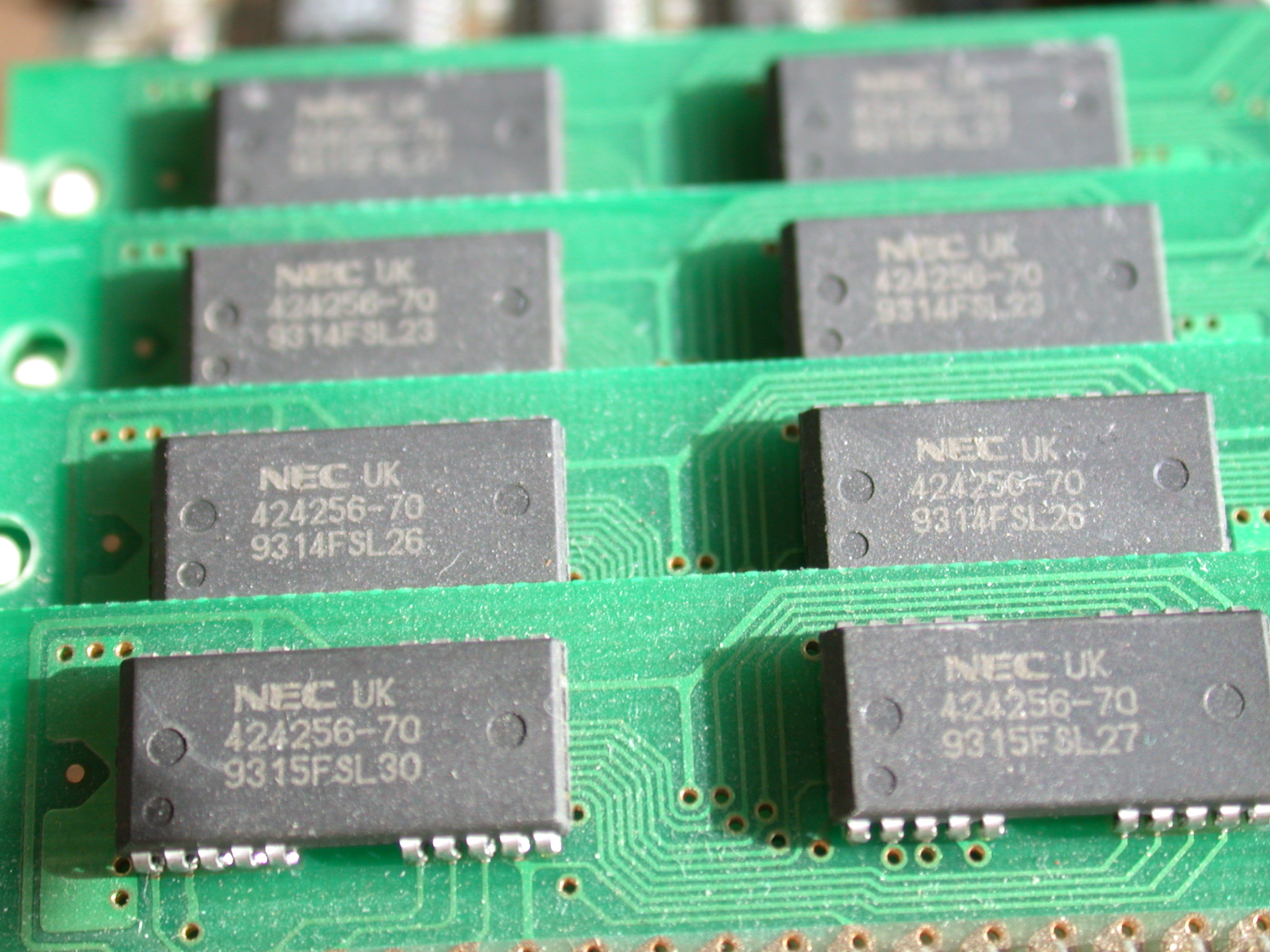randallpmj7758
Sobre randallpmj7758
The architectural evolution of UK law courts plays a critical role in ensuring that the judicial system functions effectively.
In terms of access to justice, the UK court system has made efforts to address the needs of diverse populations. There have been changes aimed at improving access for individuals with disabilities, for example, by introducing more accessible courtrooms and providing special support for those who require it. The aim is to ensure that no one is disadvantaged when seeking legal redress.
Forensic science errors have also led to wrongful convictions. In some instances, courts have relied on expert testimony that was later discredited. The case of Sally Clark, a mother wrongly convicted of killing her two children based on flawed medical evidence, is a tragic example. The expert witness’s statistical miscalculations were later condemned, but only after Clark had served years in prison and suffered tremendous personal trauma.
In some instances, cases from Northern Ireland can be appealed to the Supreme Court of the United Kingdom, particularly where issues of constitutional or human rights significance arise. However, criminal cases generally conclude at the Court of Appeal level within Northern Ireland.
Similarly, the County Courts deal with a variety of civil cases, including contract disputes, personal injury claims, and housing issues. The funding of County Courts is also provided by the Ministry of Justice, but like the Magistrates’ Courts, these courts have faced increasing demands. The Ministry of Justice must ensure sufficient resources to ensure that these courts can deal with their caseloads without compromising on fairness or access to justice.
 To conclude, the changes to the law courts in the UK reflect a broader shift towards modernisation and efficiency. While some of these changes have been well-received, others have sparked concerns about the accessibility of justice, particularly for vulnerable or disadvantaged individuals. As the UK court system continues to evolve, it will be important for policymakers to strike a balance between modernising the system and ensuring that justice remains accessible and fair for all citizens. Whether through digital reforms, court specialisation, or the evolving role of technology, the future of law courts in the UK will likely continue to be shaped by the need to respond to a rapidly changing society.
To conclude, the changes to the law courts in the UK reflect a broader shift towards modernisation and efficiency. While some of these changes have been well-received, others have sparked concerns about the accessibility of justice, particularly for vulnerable or disadvantaged individuals. As the UK court system continues to evolve, it will be important for policymakers to strike a balance between modernising the system and ensuring that justice remains accessible and fair for all citizens. Whether through digital reforms, court specialisation, or the evolving role of technology, the future of law courts in the UK will likely continue to be shaped by the need to respond to a rapidly changing society.
 The structure of a court building is also carefully considered in its design. Traditional courtrooms are often arranged in a way that emphasizes the formality of the judicial process, with the judge sitting on a raised platform, known as the ”bench,” and the witness stand positioned prominently in front of the judge. This setup reinforces the authority of the court and the importance of the legal process. In recent years, however, some courtrooms have been redesigned to foster a more collaborative and less intimidating environment. For example, some modern courtrooms feature more flexible seating arrangements, where all parties involved in the case – including the judge, lawyers, and defendants – can sit together in a more informal setting. Here is more about 1to1Legal Ireland visit the web-page. This approach aims to reduce the adversarial nature of the proceedings and make the experience more comfortable for everyone involved.
The structure of a court building is also carefully considered in its design. Traditional courtrooms are often arranged in a way that emphasizes the formality of the judicial process, with the judge sitting on a raised platform, known as the ”bench,” and the witness stand positioned prominently in front of the judge. This setup reinforces the authority of the court and the importance of the legal process. In recent years, however, some courtrooms have been redesigned to foster a more collaborative and less intimidating environment. For example, some modern courtrooms feature more flexible seating arrangements, where all parties involved in the case – including the judge, lawyers, and defendants – can sit together in a more informal setting. Here is more about 1to1Legal Ireland visit the web-page. This approach aims to reduce the adversarial nature of the proceedings and make the experience more comfortable for everyone involved.
Eco-friendly design is also becoming an increasingly important factor in the design of law courts in the UK. As concerns about climate change and environmental sustainability grow, many new court buildings are being designed with a focus on energy efficiency and environmental impact. This includes the use of energy-efficient lighting, as well as the incorporation of sustainable building materials. Sustainable design not only helps to reduce the carbon footprint of the court system but also serves as a symbol of the legal profession’s commitment to addressing broader societal issues.
The legal system of Northern Ireland is administered through a hierarchy of courts that deal with both criminal and civil matters. It includes the Magistrates’ Courts, County Courts, Crown Court, High Court, Court of Appeal, and the UK Supreme Court at the very top for certain cases.
The organization of Irish courts is defined in the Constitution of Ireland (Bunreacht na hÉireann), which establishes the independence of the judiciary and outlines the key courts. These include the District Court, Circuit Court, High Court, Court of Appeal, and the Supreme Court, each with specific roles and jurisdictions.
Community confidence in the legal system has steadily increased over recent decades, thanks in part to judicial transparency, media access to courtrooms, and outreach programs that educate the public about the role of courts in a democratic society.
The modernisation of court processes have brought improvements but also new risks. Errors in digital evidence, lost documentation, or cyber mishaps can have serious consequences. For example, data mix-ups or incorrect record entries can affect sentencing or bail conditions.
Amidst these financial constraints, the Ministry of Justice continues to explore alternative funding models for the UK’s court system. One option being considered is the introduction of charging for court services. Some have suggested that introducing new fees or seeking private investment in the judicial system could help alleviate the strain on public finances.
No listing found.


